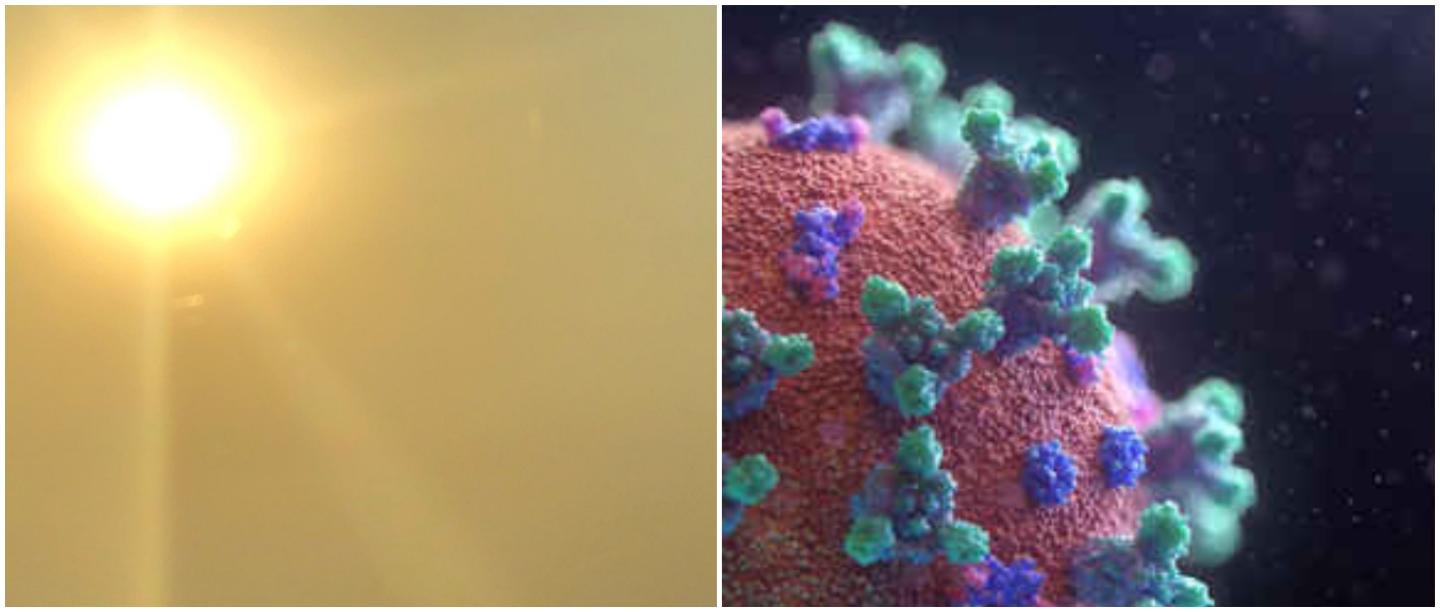The active number of COVID-19 cases across India has shot up to 1764 and the fatal virus has claimed 50 lives (according to the latest data by the Ministry of Health and Family Welfare). There’s paranoia all around as the country nears the 2,000 mark. Globally, the virus has killed over 47,000 people and infected over 9,30,000. Given the circumstances, pharmaceutical firms and research groups all over the world are working on vaccine for COVID-19.
Studies are being conducted across the world to study the novel coronavirus. In one such study, microbiologists from across the globe have claimed that the various types of coronaviruses have shown “marked winter seasonality”. What does this imply? It means that coronaviruses are more volatile between December and April (as per India weather because that’s when the temperatures are low). A few months ago WHO issued a list of coronavirus myth-busters and made it clear that the COVID-19 virus can get transmitted in all areas, including the ones with hot and humid weather.
However, some of the top Indian microbiologists from the Association of Microbiologists in India (AMI) are still contradicting this. According to them, the rising temperature in India after the 21-day lockdown will play an important role in containing the spread of coronavirus. The AMI was founded in 1938 and at present, has more than 5,000 microbiologists as members. Professor J.S. Virdi, a microbiologist and Chief of AMI has said, “My biggest hope is that an expected rise in temperature by the end of April (this year) would certainly give leverage in the prevention of this pandemic in the country.”
Also read: These Celebs Have Generously Donated To The COVID-19 Relief Works

Unsplash
According to the microbiologists at AMI, the impact of COVID-19 is expected to reduce by the starting of May as compared to what it is right now. Some scientists are also talking about the June theory, which is also related to the rise in temperature. “I have spoken to some of our Chinese collaborators and they told us that its (COVID-19) resistance power cannot tolerate high temperature,” said Professor Pratyoosh Shukla, General Secretary of AMI.
According to a study conducted by the Centre for Infectious Diseases, Edinburgh University, three types of coronaviruses obtained from patients of respiratory tract infections seemed to cause infection between December to April–a pattern similar to the observations made with regard to the spread of Influenza.
Professor J.S. Virdi also spoke about whether COVID-19 could be air-borne. “Let me tell you that in my fifty years of career as a microbiologist, I have never seen a virus spreading at such an electrifying speed…and the very fact that it is spreading so fast suggests that it is airborne. It is not settling down because it is also being transmitted by aerosol. In scientific parlance we call it droplet nuclei,” said the president of AMI. He has also suggested that the top body of AMI will soon be reviewing the situation with regard to the rapid spread of coronavirus.

India Today
On the other hand, another study conducted by the COV-IND-19 Study Group has revealed that India may witness 13 lakh cases by mid-May if the virus continues to spread despite social distancing. With so many studies being conducted and multiple theories doing the rounds, it is hard to know which information to trust. However, what is easy for us to follow right now is practising social distancing and staying indoors to protect us and others from the virus. We are in this together.



